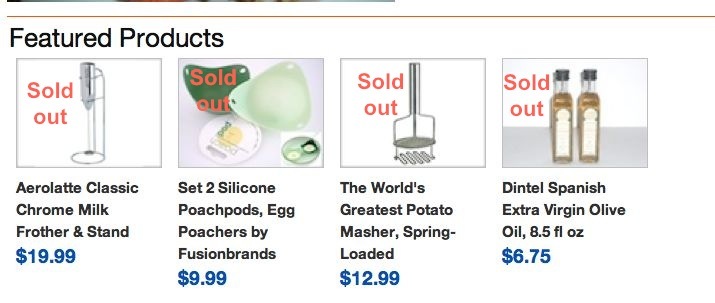Strategies Stores Are Using to Stay Ahead

The latest sales data indicates that online sales are continuing to grow, while the pace of in-store sales is slowing down for many retailers.
Big box stores are adopting different strategies to deal with this shift in the way consumers shop, but there is no question they are taking this trend seriously.
Target announced recently that its fourth quarter online sales grew by 30% in 2016, while its store sales dropped by 6.1% year over year, prompting Target to cut its prices at the expense of profits. They are also planning to make better use of stores as fulfillment centers, and equipping all sales associates with mobile point of sale devices. The concept behind this strategy is that shoppers will think of Target as a great place to shop with great prices.
The brand Tommy Hilfiger who in the past derived sales not only from their own stores, but also from high street giant Macy’s, chose a different route. Tommy Hilfiger’s in store sales were lackluster and Macy’s is planning to close many of its stores, further contributing to the brand’s decline. Deciding to modernize the brand, Tommy Hilfiger looked to social media to bring the brand to the attention of younger audiences, and then debuted its latest collection with a fashion show in Venice Beach, California – an unusual move for a brand that would typically show its products in New York. The results were astonishing, with a surge in sales online in the 24 hours following the show, and 50% of traffic from first time visitors.
In line the with these stores, Kohl’s has also seen growth in its online sales and a decline in its in store sales. To counter this, they are reducing the size of their stores from around 88,000 square feet to something smaller, and reducing inventory by 3% across all stores for the next three years.
Whether it’s a price change, a new way of marketing your brand, or re-evaluating the use of the square footage in your bricks and mortar store, the pace of change in today’s retail industry requires continual assessment to keep the attention of today’s consumers.
Small and medium sized retailers also have to be innovative looking to more control of inventory, switching from in-store to online sales, using physical space not only as a store but also as a fulfillment center, and using technology to bring it all together – and who said retail was easy!




